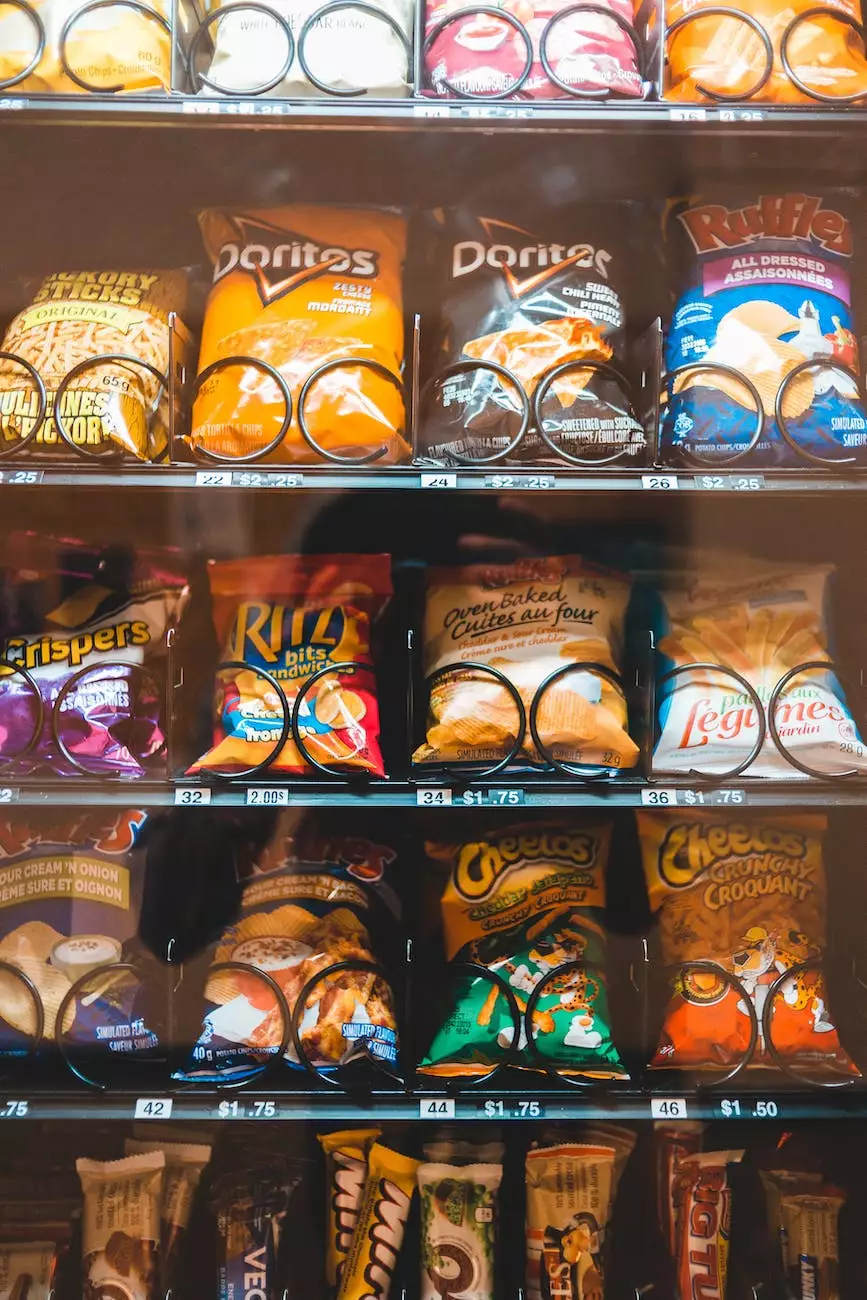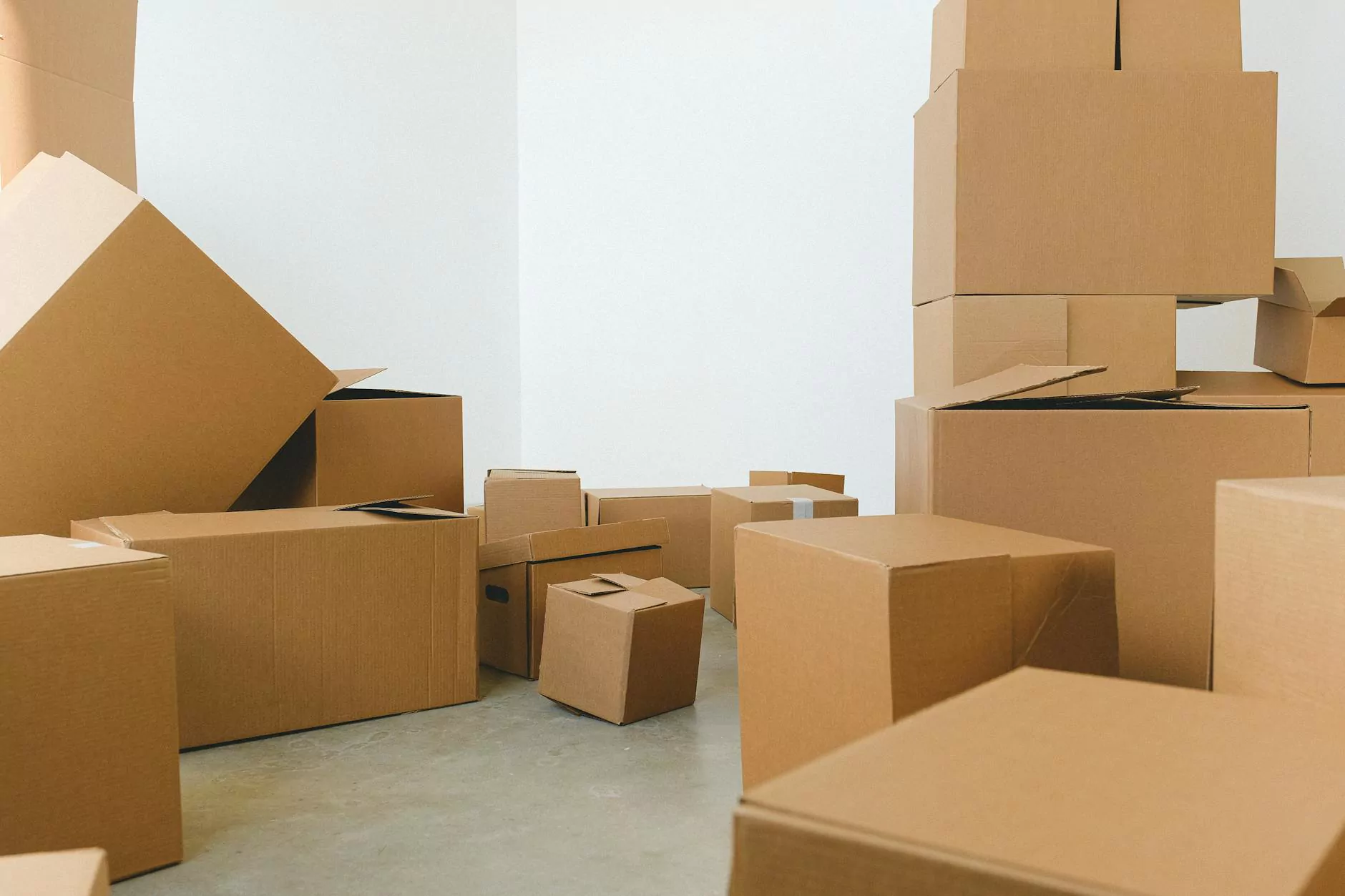How To Pack Food During Your Move
Moving Guides
St James Self Storage - Business and Consumer Services - Moving & Relocation
Introduction
Are you planning a move? One of the challenging aspects of moving is packing your food items effectively and ensuring they arrive in your new home fresh and undamaged. At St James Self Storage, we understand the importance of proper food packing during a move. In this guide, we will share some little-known tips and tricks to help you pack your food securely and efficiently.
1. Sort and Declutter
Before starting the packing process, it's essential to sort through your food items. Discard any expired or spoiled products and consider donating non-perishable items to local food banks. This will not only reduce the amount to pack but also give you a fresh start in your new home.
2. Categorize and Group
Organizing your food items into categories can make the packing and unpacking process much smoother. Group similar items together, such as canned goods, pantry staples, and perishables. This way, you can easily locate specific items when unpacking.
3. Gather Packing Supplies
Ensure you have the following packing supplies on hand:
- Sturdy boxes or plastic bins
- Bubble wrap or packing paper
- Ziplock bags
- Tape
- Permanent markers
4. Properly Pack Perishables
Perishable items such as dairy products, meats, and frozen goods require extra care during a move to prevent spoilage. Here are some tips:
- Use insulated coolers or ice packs to keep perishables cold during transportation.
- Wrap perishable items securely in bubble wrap or packing paper.
- Place perishables in a separate box to avoid any leakage.
5. Seal Non-Perishable Items
Non-perishable items can be packed in their original packaging as long as they are sealed. However, if the packaging is damaged or not resealable, transfer the contents to airtight containers or ziplock bags to ensure their freshness.
6. Label and Organize
Label each box with its contents and destination room to simplify the unpacking process. By clearly marking boxes, you'll save time and avoid confusion when settling into your new home. Additionally, consider keeping a list or creating a digital inventory of your packed food items for reference.
7. Pack Smartly
When placing your packed food items into boxes, be mindful of the weight and fragility. Pack heavier items at the bottom and delicate items on top. Fill any gaps with extra packing material to prevent shifting during transit.
8. Consider Hiring Professionals
If you're overwhelmed with the packing process or have an extensive collection of specialty food items, it may be beneficial to hire professional movers who specialize in food packing. They have the knowledge and experience to handle delicate foods and ensure their safe transport.
Conclusion
Packing food during a move requires careful consideration and proper techniques to maintain the freshness and quality of your items. By following our little-known tips and tricks, you can pack your food confidently and arrive at your new home with a stocked pantry. If you're in need of additional storage solutions or moving services, our team at St James Self Storage is here to assist you throughout the entire process. Contact us today to learn more about our services and how we can make your move stress-free.




